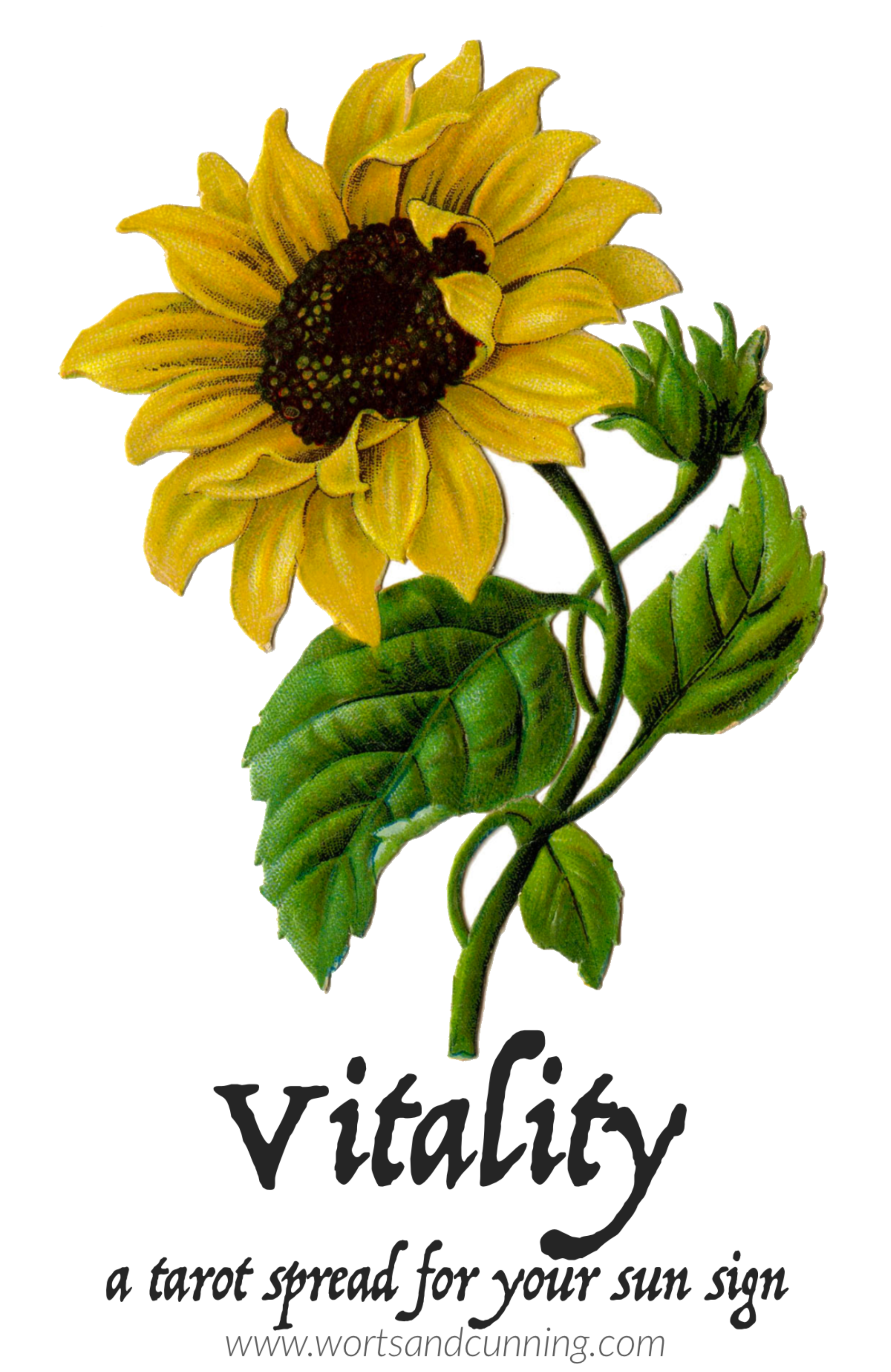Opening Up To Ourselves: Agrimony Plant Profile
It can be hard to ask for help when we need it, especially when we use chronic cheerfulness as a way to hide our own suffering in stressful situations. Most of us know (or maybe are) a person who keeps saying “I’m fine! Everything’s great!” when they have every reason to not be ok. Agrimony (Agrimonia eupatoria) is the plant ally that they’ll probably never reach for by themselves (“Really, I’m fine!”) but the sort of plant friend they need and deserve.
Agrimony is a plant that has been in the traditional western materia medica for thousands of years, helping to alleviate many forms of suffering, which is why I’m excited to be exploring this plant more in-depth with all of you.
And maybe, for those of you who have stumbled across this post, after a long day of Agrimony smiling (learn what an “Agrimony smile” is below), you may feel called to get the loving care and connection you deserve.
Agrimony
(Agrimonia eupatoria)
Common + Folk Names : Common Agrimony, burr marigold, liverwort, church steeples, cocklebur, garclive, philantropos, sticklewort, stickwort, red-tail, goosechite, fairy's wand, aaron's rod, grooveburr
Element : Air, Water
Zodiac Signs : Cancer (Remedy Herb), Virgo (Guardian Herb)
Planets : Moon, Mercury, Venus
Moon Phase : New Moon
Tarot Cards : The Hermit, Justice, The Tower (learn more about the connections between the tarot and herbs)
Parts used : Aerial parts
Habitat : Native to Eurasia.
Growing conditions : Wildflower conditions. Sunny, sandy hillsides, and poor soil.
Collection : Harvest when flowering through summer.
Flavor : Bitter
Temperature : Dry
Moisture : Cool
Tissue State : Tense/Constriction, Heat/Excitation
Constituents : Polysaccharides, tannins, triterpene acids, glycosidal bitters, agrimonin, furanocoumarins, volatile oils, flavonoids, coumarins, vitamin B, vitamin K, iron, silicon, phenolic acids.
Actions : Analgesic, anti-inflammatory, antiparasitic, antiviral, astringent, digestive, diuretic, emmenagogue, febrifuge, hemostatic, hepatic, vulnerary.
Main Uses : I first met Agrimony through my flower essence studies - it is one of Dr. Edward Bach's 38 original remedies. The essence was described to me as being best for folks who tend to "grin and bear it" or to smile through their suffering. The origin of their smile and its purpose can be manifold for a person. Sometimes folks, especially those socialized as and/or perceived to be women, experience undue expectations to perform cheerfulness for everyone who interacts with them. Sometimes the smile is meant to deflect the curiosity of others, so that the suffering or disharmony beneath the surface goes undetected. The smile might be a shield against confrontation or a way to prove your strength and good-naturedness or to generally appease another person. The smile can be a shield used so often in unsafe situations where a more powerful party must be placated, especially in early childhood, that it becomes a permanent fixture of a person's interaction with nearly everyone in their life. Learning to spot a smile like this in the consultation room can be a useful skill in helping to figure out what questions to ask to draw a person out and begin to get them help they deserve but might be afraid to outright ask for not only within an herbal care context but broader health services.
Later on in my practice when I learned about the medicinal gifts that Agrimony offers, I was reminded of the resonance that is often found between the flower essence energetics and the herbal properties of a plant. As an herb, Agrimony helps to alleviate the (often invisible) suffering hidden behind the "Agrimony smile" including peptic ulcers and indigestion. Indications for Agrimony include indigestion that is aggravated by stress and tension caused by "swallowing" your feelings to keep the peace, poor absorption of nutrients, and not enough secretion of digestive bile from the liver and gall-bladder. Greek herbalist Galen classified Agrimony as hot and dry in the first degree making it a useful herb for thinning out build-up in organ systems and re-opening clogged passages.¹ Agrimony has been used since antiquity for ulcers as well as all types of liver and gallbladder diseases and herbalists today still use Agrimony for conditions such as gallstones, cirrhosis of the liver, jaundice, and portal hypertension. Other uses for Agrimony as a drying and opening herb include clearing the respiratory system of excess mucus as well as opening the airways to alleviate the symptoms of asthma.
Through a traditional western energetic lens, those who would benefit from Agrimony are often experiencing an excess of Earth manifesting as build-up and tension in the body because there is so much Air (self-expression, mental health support, decisiveness) and Water (feeling and emotional need) that needs a structure or container to find a home in that they are not experiencing in their life and relationships. These emotional experiences of Agrimony folk and their use of the "Agrimony smile" to cope are not the cause of their suffering, but are often a result of a life that has been defined by lack - lack of resources to good food and clean water, shelter and quality education, and/or a lack in their personal relationships. It is important to be wary of any belief you hold about how someone may have "deserved" or "manifested" their disease because of circumstances beyond their control and we should honor their stories while making sure they access the support they need to thrive. Agrimony types are already taking on so much all while struggling to maintain a sense of agency - be mindful of how you might be contributing to the pressure of having to suppress their discomfort in order to appease you or anyone else on their healing team. Here, too, is a gift of Agrimony to the practitioner - helping us to sit with our own discomfort and biases and come out the other side more compassionate and curious.
The other primary use for Agrimony, from the ancient world to the modern one, is as a vulnerary (i.e. an herb for wound care). Agrimony is an excellent plant ally, both externally and internally, for wounds of all kinds including bruises, strains, cuts, swellings, and general joint pain. You can use the herb as an astringent compress and as a tea when healing a wound, as well as an ingredient in drawing and blood stopping powders. Agrimony has antiviral and antioxidant qualities, adding to its gifts as a healer of wounds. The herb can also be used in the case of infection as well as clearing out heat present in conditions like fever and inflammatory conditions (from inflamed joints to inflamed gut). As an astringent plant with an affinity for the fluids of the body, Agrimony can be a useful ally in cases of menorrhagia, lessening heavy periods as well as providing mild pain relief - look for signs of excess heat during menstruation. Agrimony can be used in mouthwashes and gargles for mouth ulcers, sore throats, laryngitis, and inflammation of the gums. Use in footbaths to relieve soreness.
Magickal Uses : Agrimony has an long association with sleep magick and herbalist Maude Grieve shares an old English rhyme speaking to Agrimony's ability to bring about a restful and undisturbed sleep:
If it be leyd under mann's heed,
He shal sleepyn as he were deed;
He shal never drede ne wakyn
Till fro under his heed it be takyn.²
Include Agrimony in charms against nightmares as well as in blends to bring about trance states. An herb regarded as a panacea by ancient Greek and Roman herbalists, Agrimony can be included in all forms of healing magick to enhance the outcome of the spell. Scott Cunningham notes that Agrimony is an excellent protective herb, one that can be used to return unwanted energy to the sender, as well as banishing negative energy (as well as goblins, apparently).³ Use to help you find community of a healing nature.
The Agrimony Personality : The smile of Agrimony folk hides so much - their fear of conflict, their fear of rejection, of being denied their humanity. Agrimony folk can suffer from a build up of emotions that leads to emotional clogging, stagnation, and an inner tension that feels unbearable. This pattern of hiding their pain while appeasing the emotional needs of others (whether or not their is an expectation of appeasement by the other person), is a defense mechanism that has kept Agrimony folk feeling safe enough in their life, but the price of that "safe enough" feeling has been a high one to pay. While Agrimony folks have been so busy projecting an appearance of cheerful enthusiasm and peace with their situation, this often leads them to believing their own performance, making it that much more challenging for them to admit that they are in any sort of pain.
Vulnerability is terrifying to many Agrimony folk and the honest expression of how they are feeling to people who deserve to hear their story is one of the most challenging experiences Agrimony folk can go through and they have often already been through a lot. Agrimony folk can be adept at hiding their pain because they have overdeveloped skills for "grinning and bearing it" and invest incredible amounts of energy into passing as being more than ok. Sometimes they use tools such as drugs and alcohol, deceitfulness, toxic masculinity, committed superficiality or spiritual bypassing to maintain appearances, but it cannot hold. With bravery, vulnerability, and therapeutic support, working with Agrimony can help these folks to open up emotionally so that they can experience the inner peace they are trying so hard to convince other people they have. Connecting with their inner peace helps Agrimony folks to clear out fear and welcome in the type of transformative relationships with themselves and others they've been seeking for so long.
Contraindications : Avoid in pregnancy and breastfeeding.
Drug interactions : Caution with anticoagulant medication, insulin, and hypoglycemic medication. Discontinue seven days before surgery.
Dosage : Standard dosage.
᠅
Do you know someone who has an Agrimony smile? Are you that person? I find the emotional indicators for plants so interesting. I hope you had fun learning more about Agrimony and the ways it helps us to tend to our emotional wellbeing alongside our physical healing needs. If you’re looking for more plant profiles, come this way, and you can find a printable copy of the Agrimony profile in The Plant Ally Library.
Agrimony works well with other plants like Milky Oat (Avena sativa) and Skullcap (Scutellaria lateriflora), so if you feel a resonance with what you’ve read so far be sure to check out those plant allies, too.
May your journey of healing lead you back into ever-deepening connection with your community.
This post was made possible through patron support.
❤︎ Thanks, friends. ❤︎
📚
Footnotes
1. Graeme Tobyn, Alison Dunham, Margaret Whitelegg, The Western Herbal Tradition: 2000 Years of Medicinal Plant Knowledge (Edinburgh: Churchill Livingstone Elsevier, 2011), 47.
2. Maude Grieve, A Modern Herbal: Volume I (New York: Dover Publications, 1971), 13.
3. Scott Cunningham, Cunningham's Encyclopedia of Magical Herbs (St. Paul, MN: Llewellyn, 2001), 27.



















